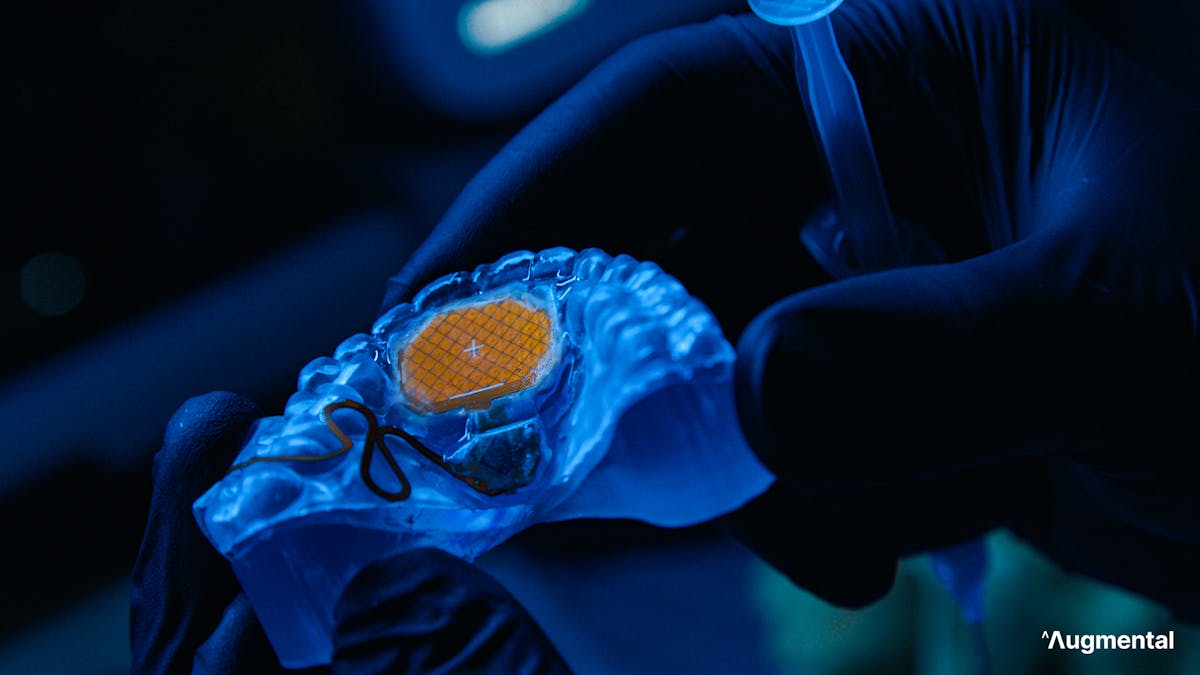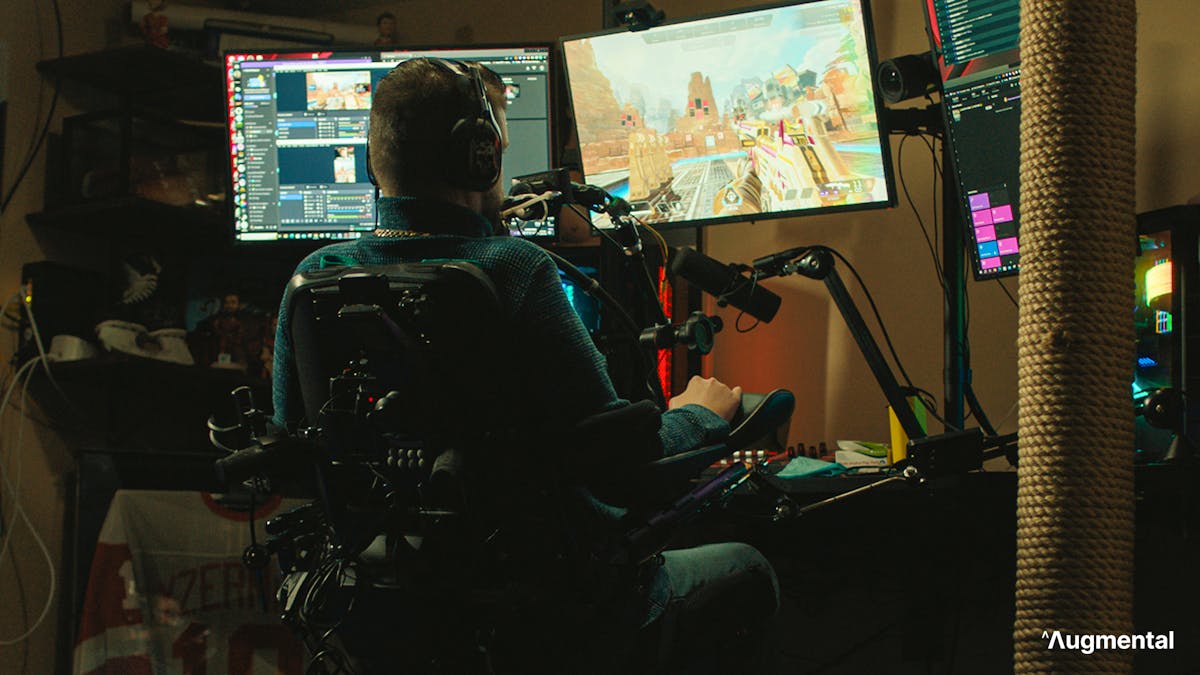It’s at the Tip of My Tongue
MouthPad^ by Augmental offers a tongue-driven solution for hands-free device control, enhancing accessibility with precision and simplicity.

Spinal cord injuries can have profound and life-altering effects on individuals, particularly in terms of their ability to use their arms and hands. These injuries, often resulting from trauma or diseases affecting the spinal cord, can lead to paralysis or significant impairment in motor function. The prevalence of spinal cord injuries varies by region, but they are relatively common, affecting many thousands of people each year. The consequences of these injuries extend beyond the physical limitations, impacting individuals emotionally, socially, and psychologically.
Living with conditions that restrict the use of arms and hands can be isolating. Simple daily tasks become formidable challenges, and individuals may face barriers in participating in social activities. The loss of independence and the need for assistance in various aspects of life contribute to a sense of isolation and frustration. Moreover, societal perceptions and physical barriers can further exacerbate the challenges faced by those with spinal cord injuries.
Technology has emerged as a powerful tool in addressing some of the isolation associated with spinal cord injuries. However, a significant challenge arises when it comes to mainstream human-computer interfaces. Computers, smartphones, and tablets typically require the use of hands for interaction, posing obstacles for individuals with limited hand mobility. The lack of accessible interfaces can create a digital divide, preventing these individuals from effectively engaging with the technology that plays a crucial role in contemporary communication, information access, and social interaction.

As technology continues to advance, there is a growing need for inclusive design and the development of interfaces that cater to the diverse needs of individuals with physical disabilities, including those with spinal cord injuries. A number of solutions have been proposed, ranging from eye tracking to the interpretation of brain signals — but these solutions are often cumbersome, expensive, and lacking in precision. As an alternative, an organization named Augmental recently launched their first product, the MouthPad^.
The MouthPad^ leverages an often overlooked means of controlling devices — the tongue. While often ignored as an input mechanism, the tongue can move with great precision and perform very fine movements, leading the Augmental team to refer to it as an eleventh finger. The MouthPad^ is a tongue-driven interface that wirelessly controls a computer, smartphone, or tablet via a pressure-sensitive touchpad that sits at the roof of the mouth. The touchpad is attached to a custom-made mouthguard-like insert composed of dental-grade resin.
Leveraging Bluetooth for connectivity, the MouthPad^ is widely supported, acting much like a conventional touchpad. The device is compatible with MacOS, Windows, and Linux desktop environments, and also with iOS and Android on portable systems. The onboard rechargeable battery supports up to five hours of continuous operation. And since the mouthpiece is completely untethered, it is invisible to any observers.
The MouthPad^ offers a lot of promise to those with mobility issues with the hands and arms. Not only does it offer precision, but it is also unobtrusive and relies on simple, inexpensive technologies. At this time, access to the device is limited, so be sure to join the waitlist if you are interested in trying out this new technology.
R&D, creativity, and building the next big thing you never knew you wanted are my specialties.

